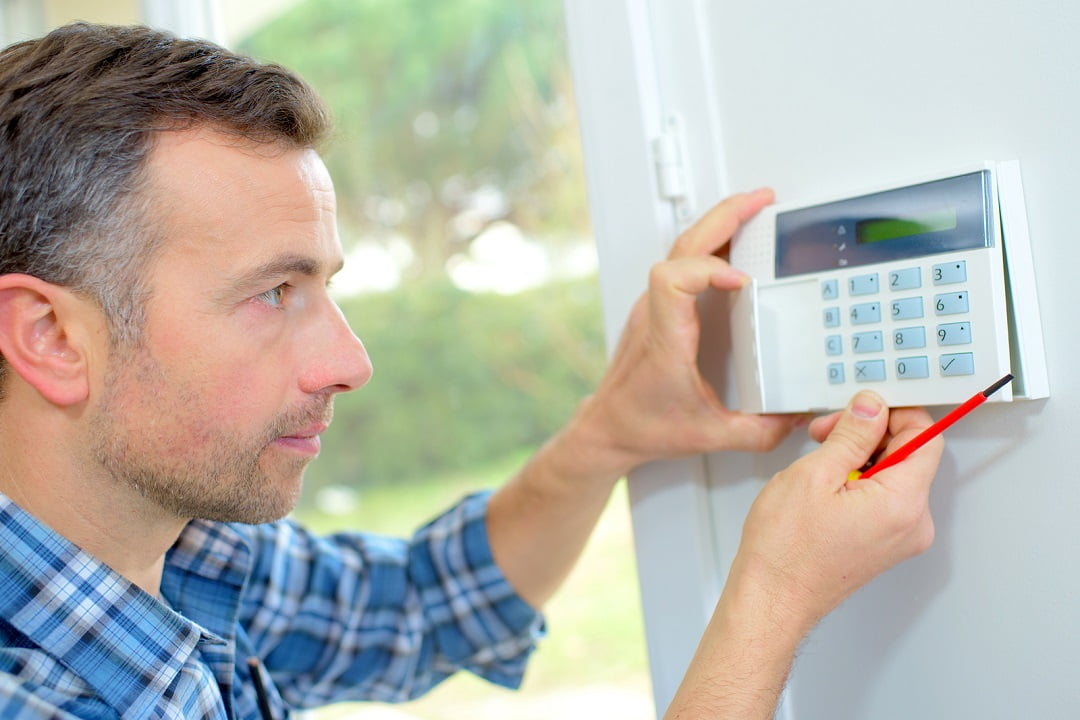MARKET Research suggests DIY is going to make significant inroads into the monitoring market and not just in terms of users opting for self-monitored solutions. But how realistic are these projections?
A RECENT report from ABI Research suggests DIY is going to play a big part in the future of alarm monitoring and not in quite the way some might think. Some of what we saw at Security 2015 tends to support these findings but when it comes to more serious security and home automation solutions, ABI looks off the mark.
It’s hard to be certain which way things might go – partly because there are sections of the electronic security industry whose business depends on at least partly facilitating the very thing many installation businesses and alarm monitoring stations most fear. Having spent a couple of weeks thinking about it, I’m still not convinced that any professional organisation or any domestic customer serious about security is going to want DIY.
What’s the argument in favour of DIY pinching a slice of monitoring business? ABI Research suggests nearly 15 million additional U.S. homes will invest in new connected home security services over the next 5 years.
“After decades where penetration into U.S. households stalled, home security adoption is set for significant growth,” says ABI Research Principal Analyst Jonathan Collins said. “However, it will not be the sole preserve of traditional professionally monitored home security providers. Consumers can now choose from an array of non-traditional suppliers, new technologies, and innovative services that balance value with cost.
“Self-install and self-monitor home security solutions are real threats to the standard business models offered by traditional vendors,” agreed Dan Shey, practice director at ABI Research. “While matching these solutions is one option, traditional vendors need to look for ways to better integrate their core services with partner smart home services. These can range from central station monitoring as a plug-in service to bringing home video monitoring into the central station.”
All this seems like a perfect storm – the death knell of traditional monitoring. But is it? My instinct is not. There are a number of reasons to feel this way. In the first instance, 24 x 7 professional monitoring is an extremely low cost, high quality protection service, governed by standards, that never sleeps. Supported by thoughtful procedures in the event of alarm activation – not just a long list of people unqualified in security response – monitoring is a powerful tool. For anyone serious about protecting valuable property, an alarm system monitored by a professional monitoring station, whose staff and response teams have knowledge of the protected business, can’t be beaten.
The nature of typical DIY products comes into play, too. They couldn’t be considered toys but many are not serious security solutions, either. This might very well change but for the time being DIY alarm systems sold by large retailers and OS telcos are built to a price point by nobody knows who. Systems installed by quality alarm installers are a different cup of tea – we know this because Ness 5000 panels, Solution 4s and 8s, MCM originals, Concept 2000s, DSC panels and first generation Tecom systems, among many others, are still out there banging away. Their long working life tells us that quality controllers of traditional design offer decades of working life – it’s a long time to defray the costs of installation.
A combination of a robust solid state alarm panel with very high end hardwired alarm sensors that are over-specified for the application is the lowest cost security solution money can buy – not just for the end user but for the installer, too. Installed properly and fronted up by a robust LCD keypad (these last practically forever), you can pretty much forget about maintenance for the rest of your professional career, panel battery changes notwithstanding.
DIY stuff is not the same. It has not evolved through long exposure to the pressure of market demands in the way established alarm panel and intrusion sensor brands have. Professional installers want reliable solutions and they talk to each other. Manufacturers know this and they have been giving installers and end users what they need for decades. DIY on the other hand, is the product of marketing campaigns, not living, breathing installation businesses, supported by monitoring stations, manufacturers, distributors and behind these, the unrewarded labours of associations and industry committees on standards.
What I think is that cloud-based DIY will continue to do what it has done to this point – to pressure intrusion alarm manufacturers to lift their game, forcing them to out-invent opportunists who mistake the security business for an engine of recurring revenue unhinged from technological prowess. Fact is, the intrusion alarm market is driven by recurring revenue predicated on dependability, support, strong warranties and ongoing product development.
Walking around Security 2015 I got a strong sense that manufacturers of intrusion detection solutions are rising to the challenge on behalf of installers. There’s a groundswell of security and home automation solutions flooding the market that make DIY products look feeble. These solutions are powerful and expand laterally, not just today but into the future through support for multiple comms protocols – Wi-Fi, Z-wave and proprietary devices. They are also more and more reasonably priced.
And far from opening up professional security systems to DIY installation by consumers, these open platforms actually open consumers to the creativity of enterprising installation teams. Today, instead of installing automation solutions costing tens of thousands, installers can offer security and core automation capabilities for a tenth of the price, as well as offering app interfaces and over-arching professional monitoring support.♦
By John Adams
